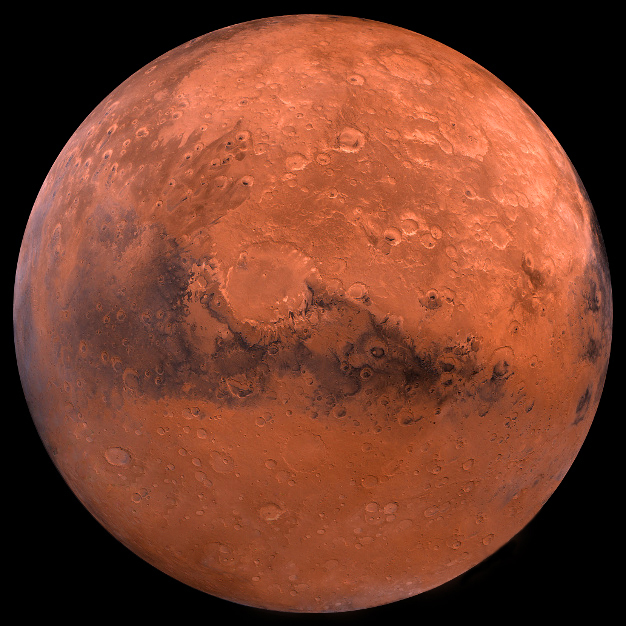
Data from NASA’s Curiosity rover indicates that if you want life on Mars, add hydrogen and and send down some asteroids. A new study used the results from Curiosity’s Sample Analysis at Mars (SAM) instrument and laboratory simulations to show that the impact of asteroids caused hydrogen in the ancient Martian atmosphere to stimulate the creation of the nitrates required to sustain life.
Nitrogen is a literally vital ingredient when it comes to life as we know it. Without nitrogen, there can be no proteins, no nucleic acids, or any of a long list of organic compounds that are needed by even the simplest of organisms. The problem is that nitrogen is a relatively inert element to the point where it is commonly used to preserve historical artifacts.
Before nitrogen can be used to help establish or sustain life, it has to be transformed into ammonia or some other more reactive molecule form like nitrites and nitrates. These fixed forms of nitrogen have been detected by the SAM experiment as Curiosity traversed Gale Crater on Mars, but how did they get there?
To answer this question, a team of scientist led by Rafael Navarro-González at the Institute of Nuclear Sciences of the National Autonomous University of Mexico in Mexico City worked to recreate the primordial Martian atmosphere in the laboratory as well as running theoretical models.
For the experiment, the team placed a mixture of hydrogen, nitrogen, and carbon dioxide gases in a flask, then zapped them with infrared laser beam pulses to simulate the high-energy shock waves produced by asteroids striking the atmosphere. Unexpectedly, nitrates appeared in the aftermath.
“The big surprise was that the yield of nitrate increased when hydrogen was included in the laser-shocked experiments that simulated asteroid impacts,” says Navarro-González. “This was counterintuitive as hydrogen leads to an oxygen-deficient environment while the formation of nitrate requires oxygen. However, the presence of hydrogen led to a faster cooling of the shock-heated gas, trapping nitric oxide, the precursor of nitrate, at elevated temperatures where its yield was higher.”
According to NASA, these findings are important because there is very little nitrogen in the Martian atmosphere, so the presence of nitrates poses questions about how it got there. In addition, having a better understanding of the role hydrogen played on ancient Mars can help in understanding the history of the Martian climate.
